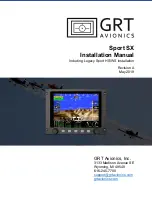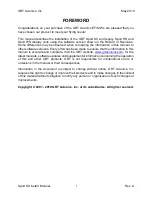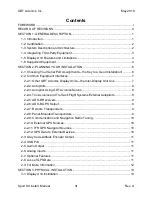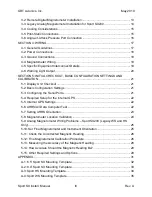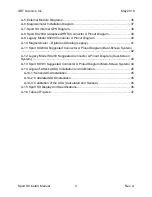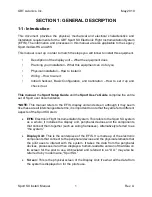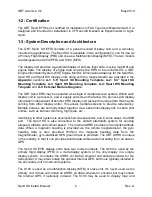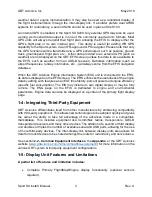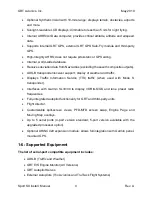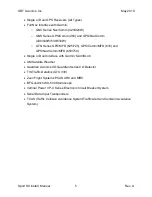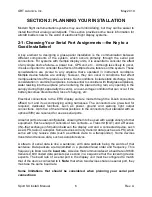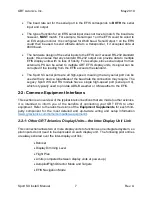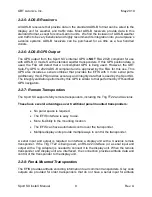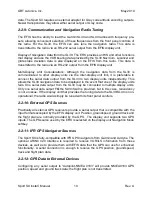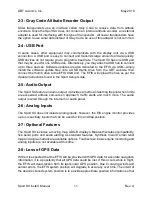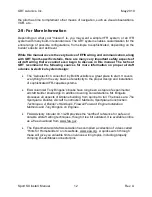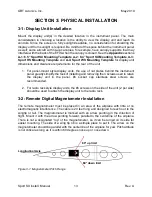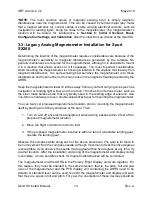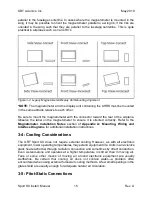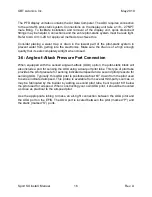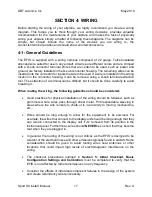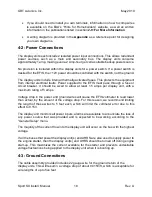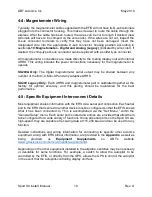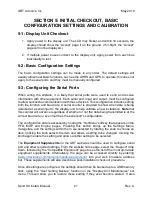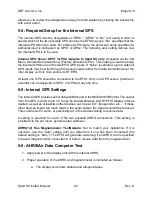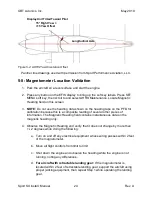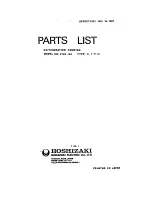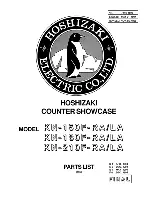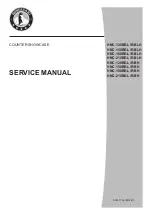
GRT Avionics, Inc.
May 2019
Sport SX Install. Manual
9
Rev. A
2-2-5: ADS-B Receivers
All ADS-B receivers that provide data in the standard ADS-B format can be wired to the
display unit for weather and traffic data. Most ADS-B receivers provide data in this
standard format, except for some Garmin units. We find the inclusion of ADS-B weather
and traffic to be very beneficial and highly recommend its integration into your airplane
’s
avionics systems. ADS-B receivers can be purchased for as little as a few hundred
dollars.
2-2-6: ADS-B GPS Output
The GPS output from the Sport S
X’s internal GPS is
NOT
FAA 2020 compliant for use
with ADS-B or mode S with extended squitter transponders. If this GPS position data is
used, the FAA will detect that a noncompliant GPS is being used. However, the GRT
Safe-Fly GPS is 2020 ADS-B compliant and is approved by the FAA for this use. This
GPS also includes a serial combiner that provides the EFIS with 3 more serial ports.
Additionally, this GPS provides accuracy and integrity data that is used by the Sport SX.
The integrity validation performed by this GPS is similar to that performed by IFR-certified
GPS navigators.
2-2-7: Remote Transponders
The Sport SX supports fully remote transponders, including the Trig TT22 and Uavionix.
These have several advantages over traditional panel mounted transponders:
•
No panel space is required.
•
The EFIS interface is easy to use.
•
More flexibility in the mounting location.
•
The EFIS can have automated control over the transponder.
•
Multiple display units provide multiple ways to control the transponder.
A serial input and output is required to interface a display unit with a Uavionix remote
transponder. If the Trig TT22 is being used, an RS-422 interface (or a serial input and
output with a Trig Adapter) is needed to connect it to the display unit. When the remote
transponder and display unit are interfaced, the connection provides altitude data and
control of the transponder to the display unit.
2-2-8: Panel-Mounted Transponders
The EFIS provides altitude encoding information to all common transponders. Gray code
outputs are provided for older transponders that do not have a serial input for altitude

